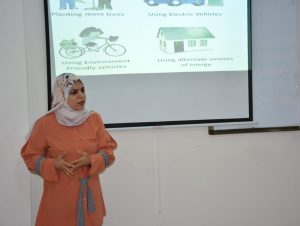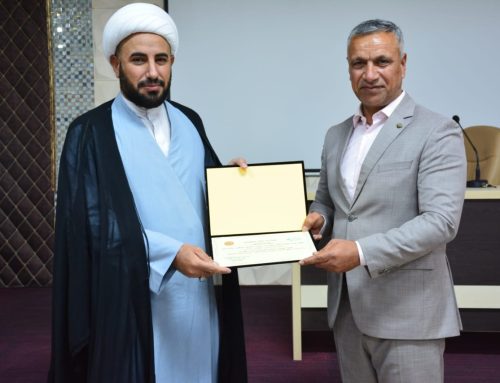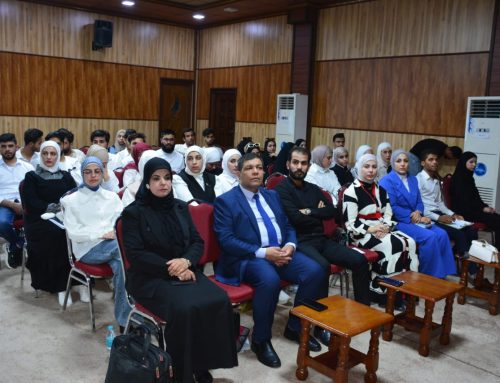Basra Engineering Technical College conducted a course concerning the sources and effects of air pollution, presented by Hajar Musa Shayaa, a lecturer at the college, and attended by college members, which lasted for three days.
The course topics included the sources that result from pollution, the extent of the impact of air pollution on human health and the environment, and ways to address air pollution.
The course concluded that air pollution results from a variety of sources that have broad impacts on health and the environment.
The course lecturer indicated that the sources consist of “manufacturing processes and factories that produce pollutants such as sulfur dioxide (SO2), nitrogen oxides (NOx), and particulate matter (PM), as well as “means of transportation” and contribute to emissions of carbon dioxide (CO2) and carbon monoxide. (CO), nitrogen oxides and fine particulate matter.
She added that among the sources, “burning fossil fuels,” whether for the purposes of power generation or home use, produces multiple pollutants such as sulfur dioxide, fine particles, and “agriculture,” through the use of pesticides and fertilizers, can lead to emissions of ammonia and other chemicals, moreover to wild fires. And waste, which produces smoke containing multiple pollutants.”
She emphasized that the “impacts” consist of a group of axes that conclude with “human health,” air pollution can lead to respiratory diseases such as asthma and bronchitis, cardiovascular diseases, lung cancer, and “the environment,” as air pollution can cause damage to forests and crops. Agriculture and water bodies. Acid rain, caused by nitrogen oxides and sulfur dioxide, can destroy soil and harm aquatic organisms.”
It indicated that
Among the effects of “climate change” are emissions of greenhouse gases such as carbon dioxide and methane, which contribute to global warming and climate change, “general quality of life,” and pollution affects visibility and the natural beauty of scenery, and can also cause the erosion of buildings and monuments.
It is worth noting that dealing with air pollution requires collective efforts from governments, industries, communities and individuals to reduce emissions and improve air quality.






